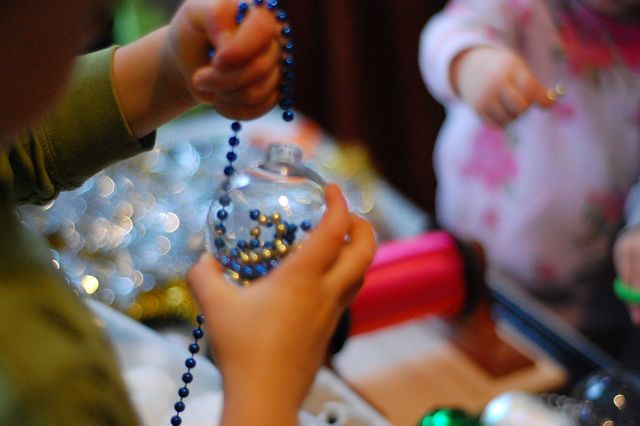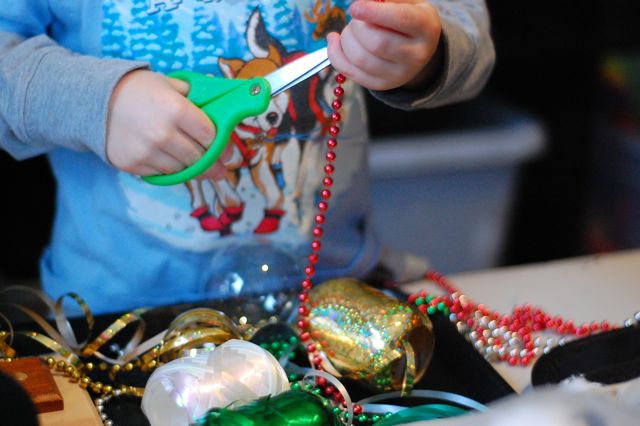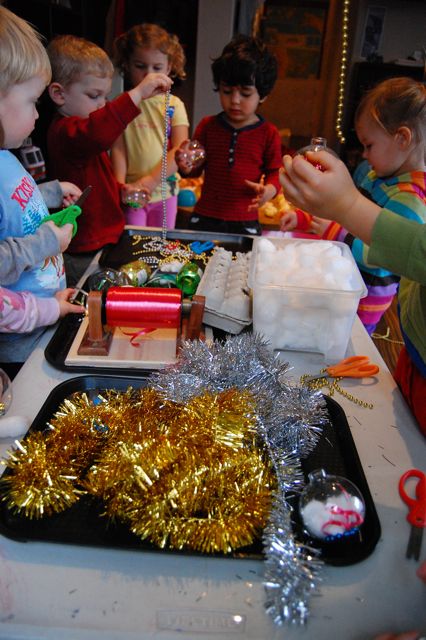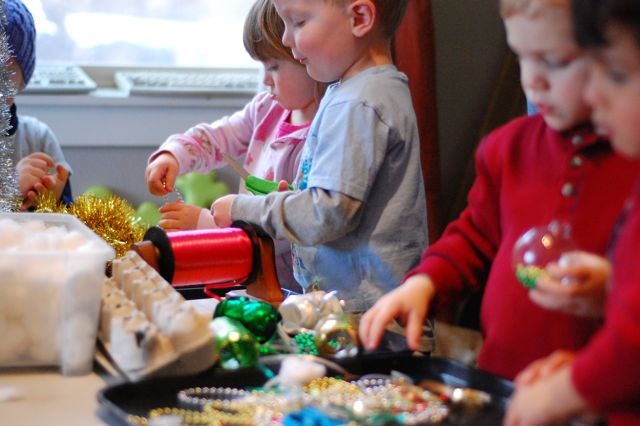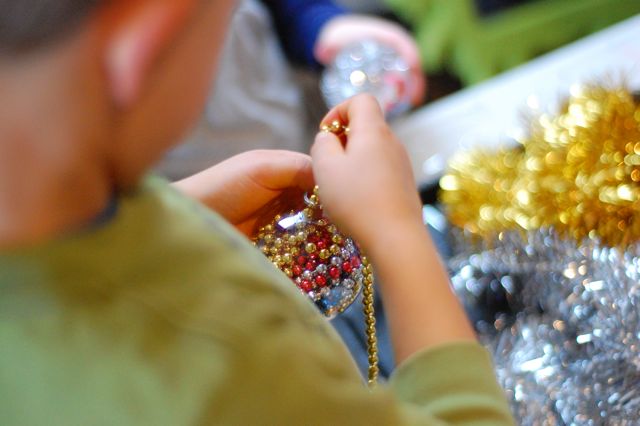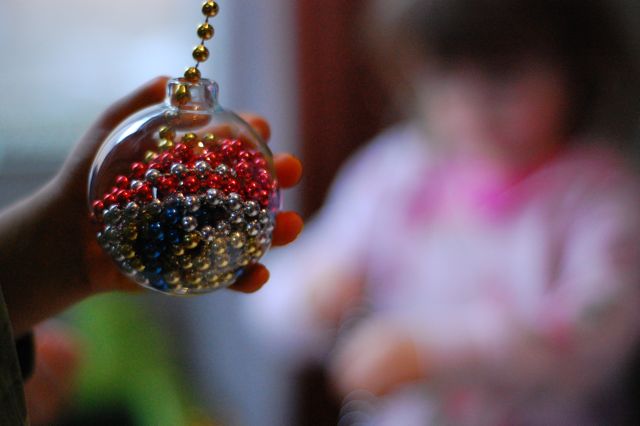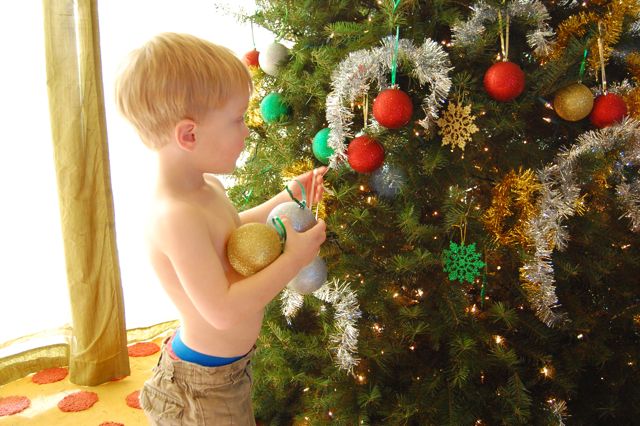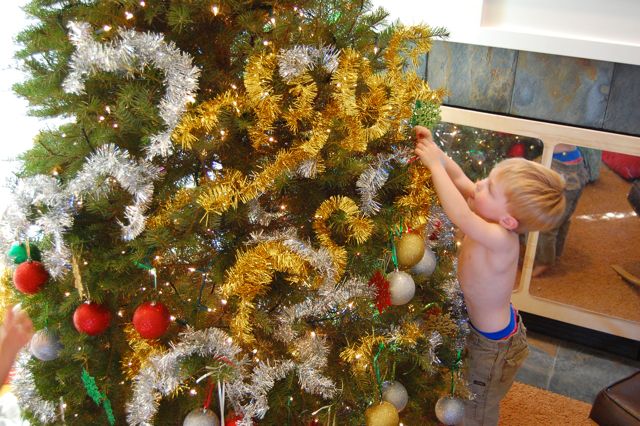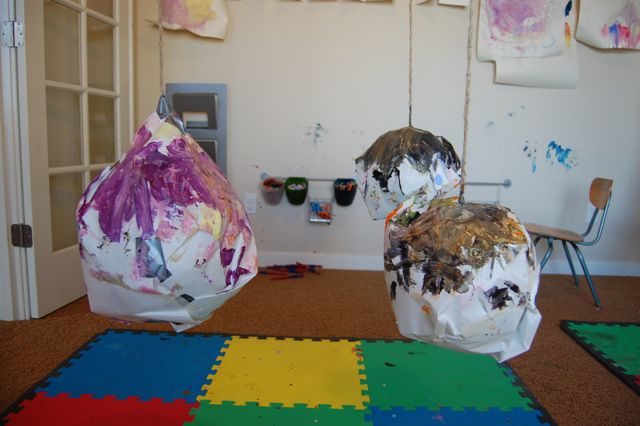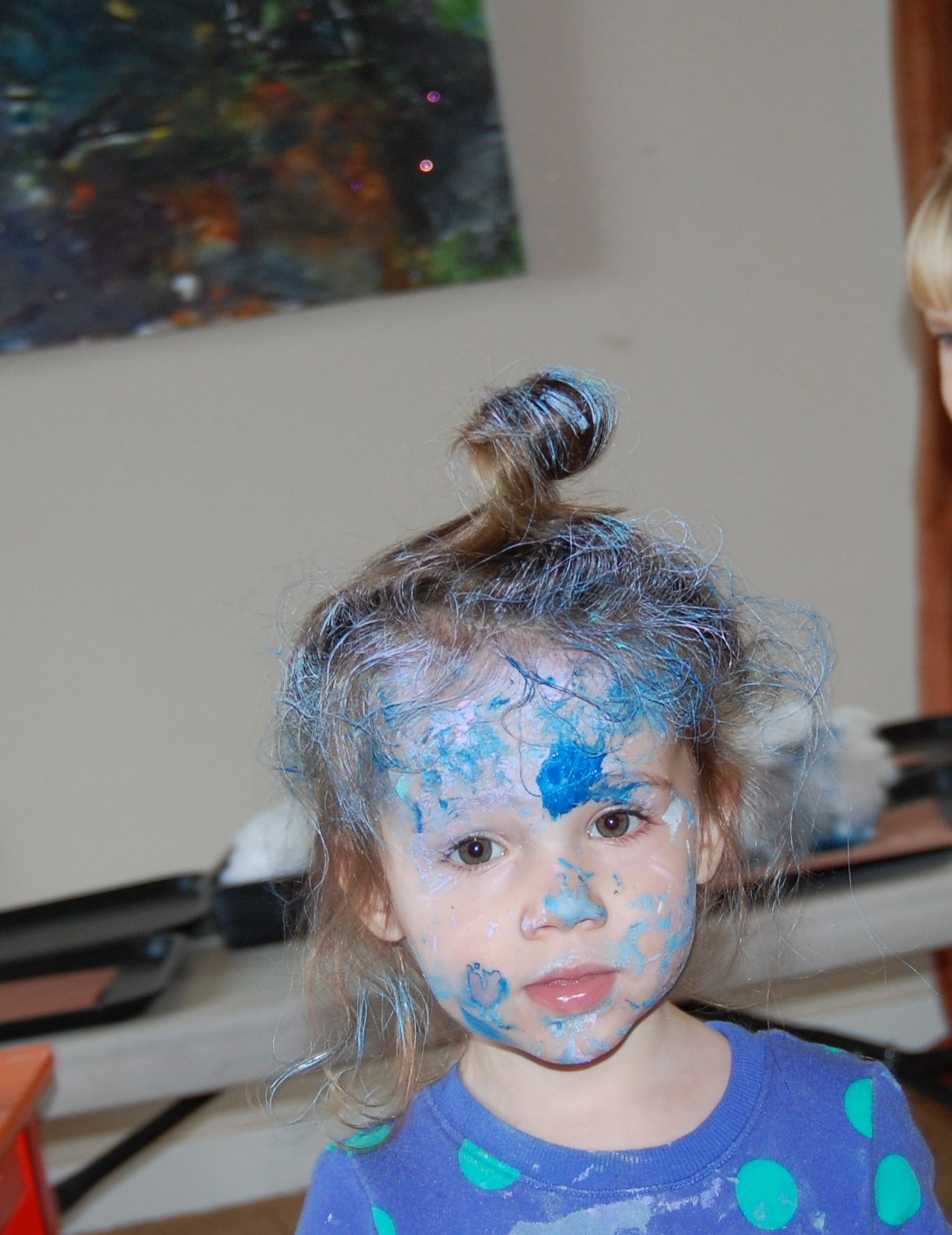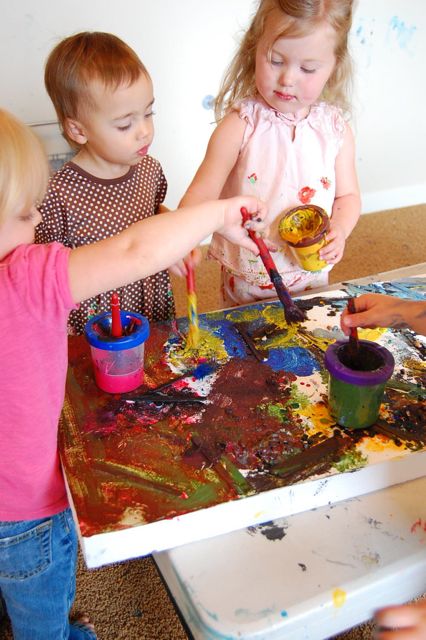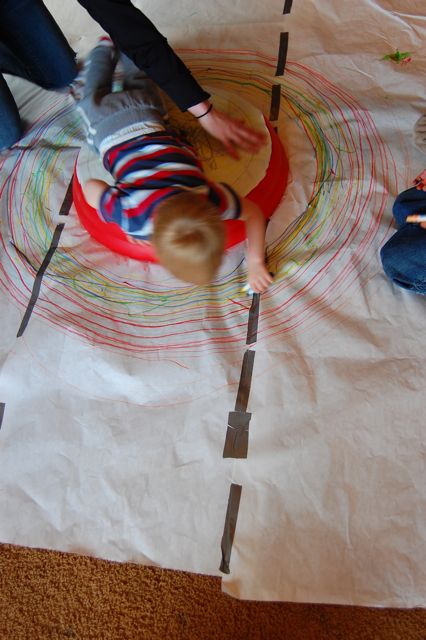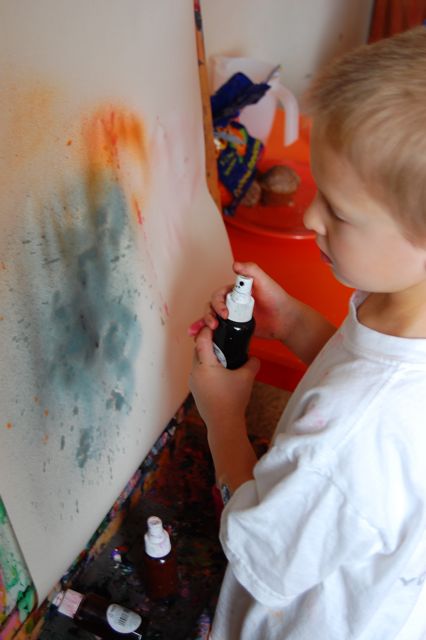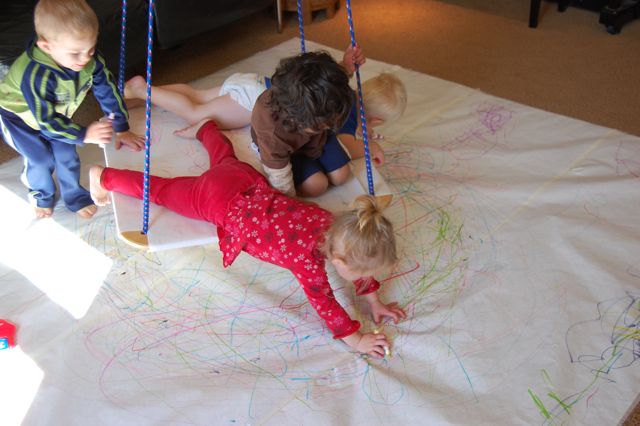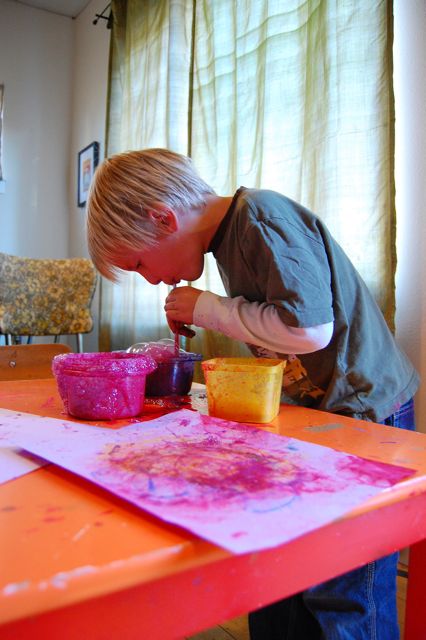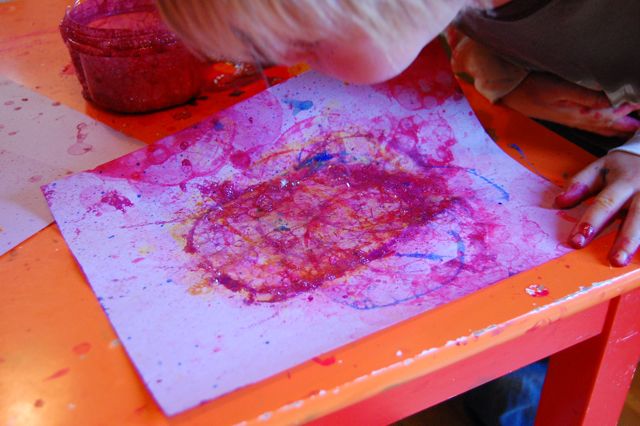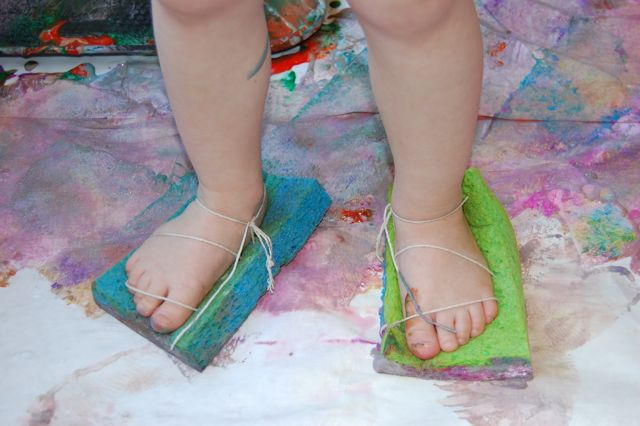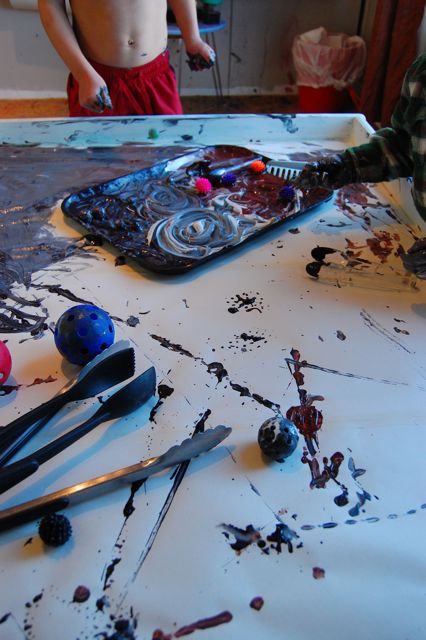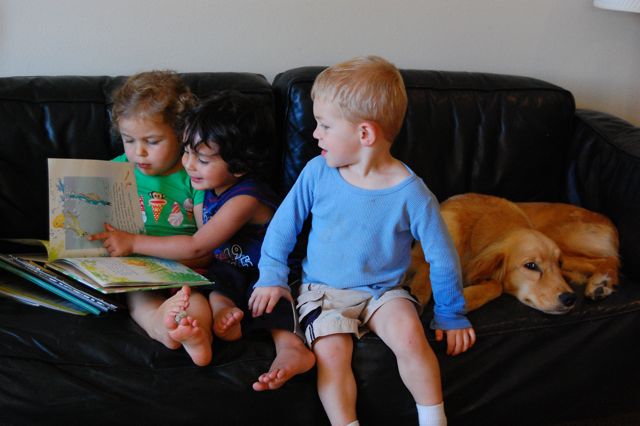Christmas ornaments
 Friday, December 24, 2010 at 01:22AM
Friday, December 24, 2010 at 01:22AM Children from most schools come home in the weeks before Christmas with an "ornament" made at school. In the past, our school has not done such a thing. This year, however, one of the school parents communicated a request for one thing...an ornament. "I don't care what it looks like," she said. She just wanted something she could hang and call an ornament. And I was presented with a SERIOUS challenge!
The ornaments "made" by those children I referred to above, from most schools, go very much against the philosophy of our school. Typically, a model is made, and children are given just enough supplies to make their ornament just the same way as the model. We will not do that. So I was left trying to figure out what on earth I could put before the children that would be self-explanitory to the children, and would inspire their creativity.
This is what we came up with...
